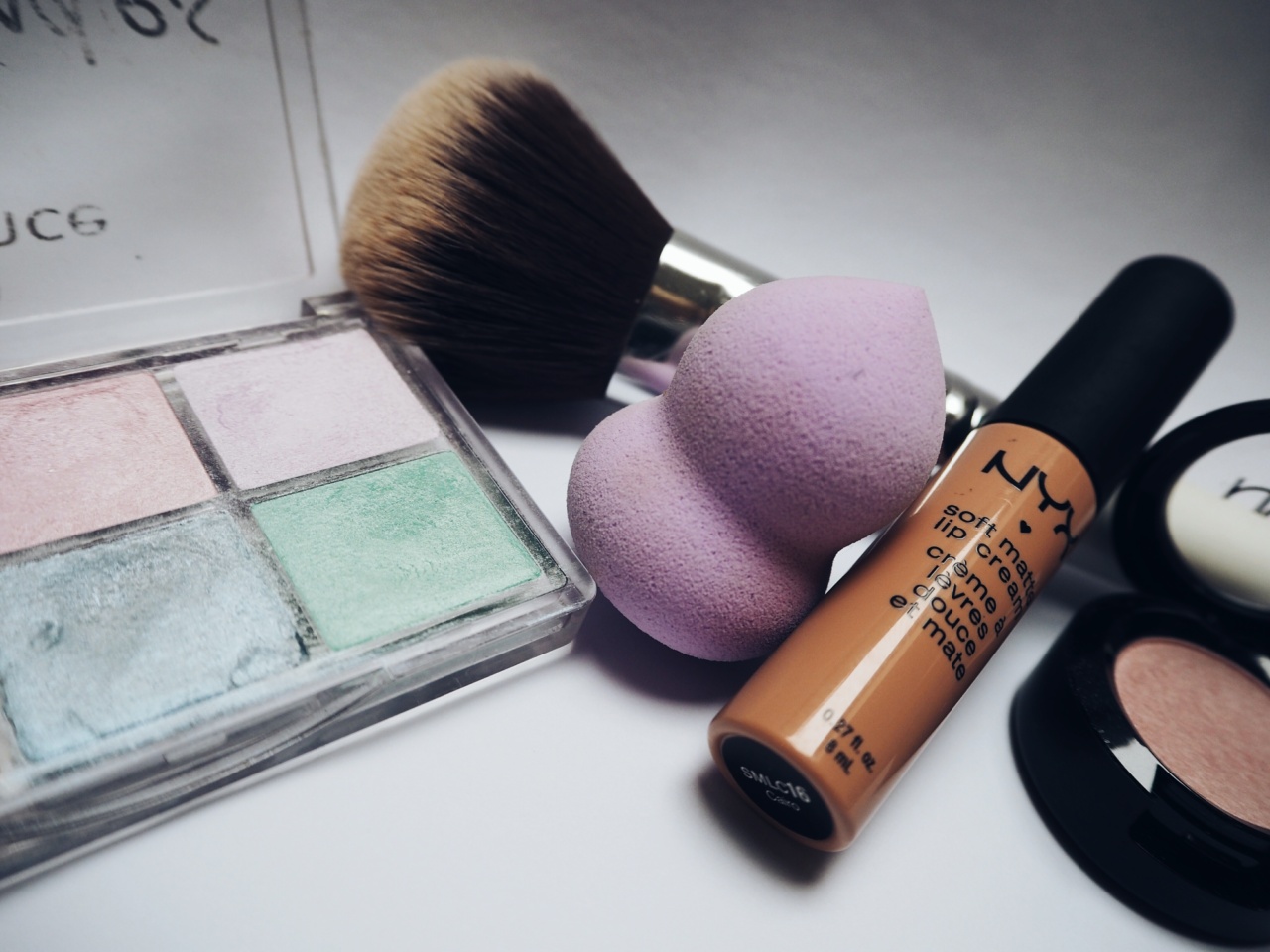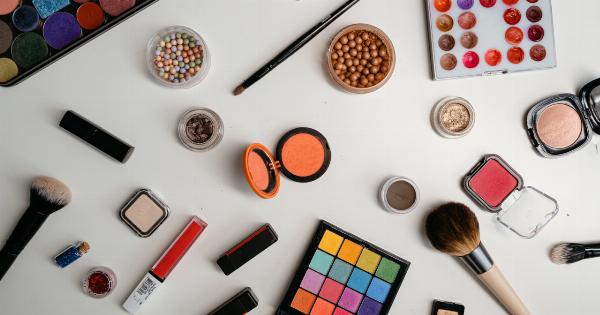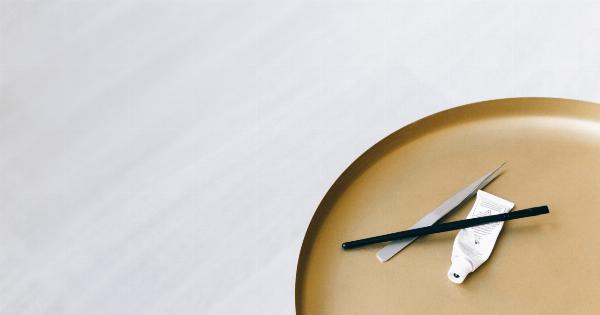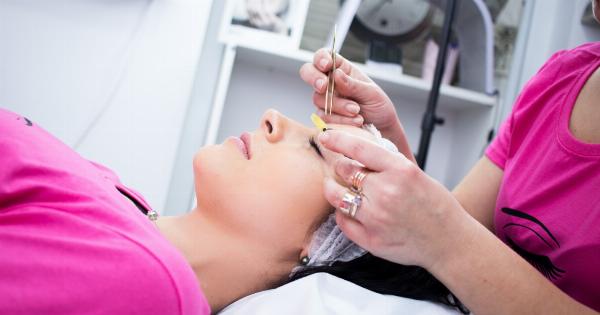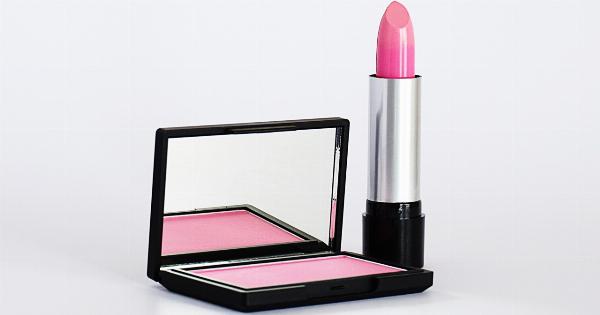Makeup sponges and brushes are essential tools that help in achieving flawless and perfect makeup looks. They allow users to apply makeup products easily and precisely while blending them seamlessly onto the skin.
However, just like any other beauty tools, makeup sponges and brushes need to be replaced regularly to maintain good hygiene practices and prevent skin infections. In this article, we will discuss how often you should replace your makeup sponges and brushes to ensure healthy and clean skin.
Why is it important to replace makeup sponges and brushes?
Makeup sponges and brushes come into contact with your skin, products and other surfaces, making them susceptible to bacteria and other microorganisms that can cause infections and breakouts.
Using old and dirty makeup sponges and brushes may cause more harm than good to your skin. Besides, old sponges tend to accumulate product buildup, making it harder to blend in fresh makeup.
Here are several other reasons why you need to replace your makeup sponges and brushes:.
- Prevent the spread of bacteria and infections
- Ensure proper and even makeup application
- Prevent clogged pores and breakouts
- Reduce skin irritation and allergies
How often should you replace makeup sponges?
Makeup sponges are a great tool for applying liquid and cream makeup products, such as foundations, concealers, and cream blushes. However, they tend to wear out faster than brushes and require more frequent replacement.
So, how often should you replace your makeup sponges?.
The general rule of thumb for replacing makeup sponges is every 1-3 months, depending on how frequently you use them, how well you clean them, and the type of sponge used.
For instance, some sponges are made of durable materials that can last longer than those that are available in drugstores.
You may have to replace your makeup sponge more frequently if:.
- You use it daily or several times a week
- You notice fraying or tearing of the sponge
- You experience skin irritation, breakouts, or infections
- You do not clean the sponge regularly
How often should you replace makeup brushes?
Makeup brushes are often made of synthetic or natural fibers, such as goat, sable, or horse hair. They can be used for multiple functions like blending, contouring, and applying powder products.
Just like sponges, makeup brushes need regular cleaning and replacement to maintain good hygiene practices.
So, how often should you replace your makeup brushes?.
The lifespan of makeup brushes depends on various factors such as the quality of the brush, frequency of use, cleaning habits, and storage. In general, most makeup artists recommend replacing your makeup brushes every 6-12 months.
However, high-quality brushes can last several years with proper care.
You may have to replace your makeup brush more frequently if:.
- You notice shedding or tangling of bristles
- The brush loses its shape or flexibility
- You use it daily or several times a week
- You experience skin irritation, breakouts, or infections
- You do not clean the brush regularly
How to take care of your makeup sponges and brushes?
The best way to prolong the life of your makeup sponges and brushes is by practicing good hygiene habits and cleaning them regularly. Here are some tips on how to care for your makeup tools:.
- Wash your sponges and brushes after every use with a gentle cleanser or shampoo and warm water
- Avoid twisting or pulling on the bristles or sponges, as this can damage their shape and density
- Store your brushes in a cool, dry place away from dust and direct sunlight
- Use a disinfectant solution to sanitize your tools occasionally
- Replace your sponges and brushes when they show signs of wear and tear or if it causes breakouts or skin irritations
Conclusion
Makeup sponges and brushes are essential tools that help in achieving flawless and perfect makeup looks. However, they need to be replaced regularly to maintain good hygiene practices and prevent skin infections.
As discussed in this article, the lifespan of makeup sponges and brushes varies depending on the quality of the tool, frequency of use, cleaning habits, and storage. In general, always be mindful of your tools’ condition and replace them when necessary to keep your skin healthy and achieve the best makeup application.
